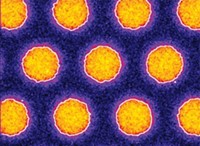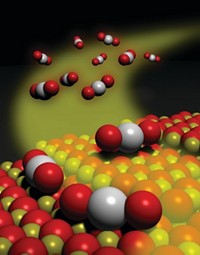Advertisement
Grab your lab coat. Let's get started
Welcome!
Welcome!
Create an account below to get 6 C&EN articles per month, receive newsletters and more - all free.
It seems this is your first time logging in online. Please enter the following information to continue.
As an ACS member you automatically get access to this site. All we need is few more details to create your reading experience.
Not you? Sign in with a different account.
Not you? Sign in with a different account.
ERROR 1
ERROR 1
ERROR 2
ERROR 2
ERROR 2
ERROR 2
ERROR 2
Password and Confirm password must match.
If you have an ACS member number, please enter it here so we can link this account to your membership. (optional)
ERROR 2
ACS values your privacy. By submitting your information, you are gaining access to C&EN and subscribing to our weekly newsletter. We use the information you provide to make your reading experience better, and we will never sell your data to third party members.
Analytical Chemistry
Catalyst Atoms Pinpointed For Real
by Mitch Jacoby
August 29, 2011
| A version of this story appeared in
Volume 89, Issue 35
The structure of catalytically active edges of industrial molybdenum disulfide nanocrystal catalysts has been determined on the atomic scale by a team led by researchers at Danish catalyst manufacturer Haldor Topsøe (Angew. Chem. Int. Ed., DOI: 10.1002/anie.201103745). Such catalysts mediate hydrodesulfurization (HDS), a refinery process used for stripping sulfur from fuel feedstocks. Earlier studies showed that HDS proceeds exclusively along certain crystal edges in which the edge structure differs from that of the bulk lattice. Until now, researchers have studied model catalysts to determine the structure of those active edge sites, knowledge of which could be useful for improving catalysts. In contrast to model samples, which were prepared in vacuum on single-crystal supports to simplify analysis, the new samples were prepared in an industrial style via wet chemistry on high-surface-area supports. By using atomic-resolution microscopy, the team found that the outermost edge of the “realistic” catalyst consists of a one-atom-thin row of sulfur atoms (shown, purple spots). Individual molybdenum atoms and a two-atom-thick row of sulfur atoms (white caps and adjacent shorter peaks, respectively) line up just behind the outermost edge, the team reports.





Join the conversation
Contact the reporter
Submit a Letter to the Editor for publication
Engage with us on Twitter